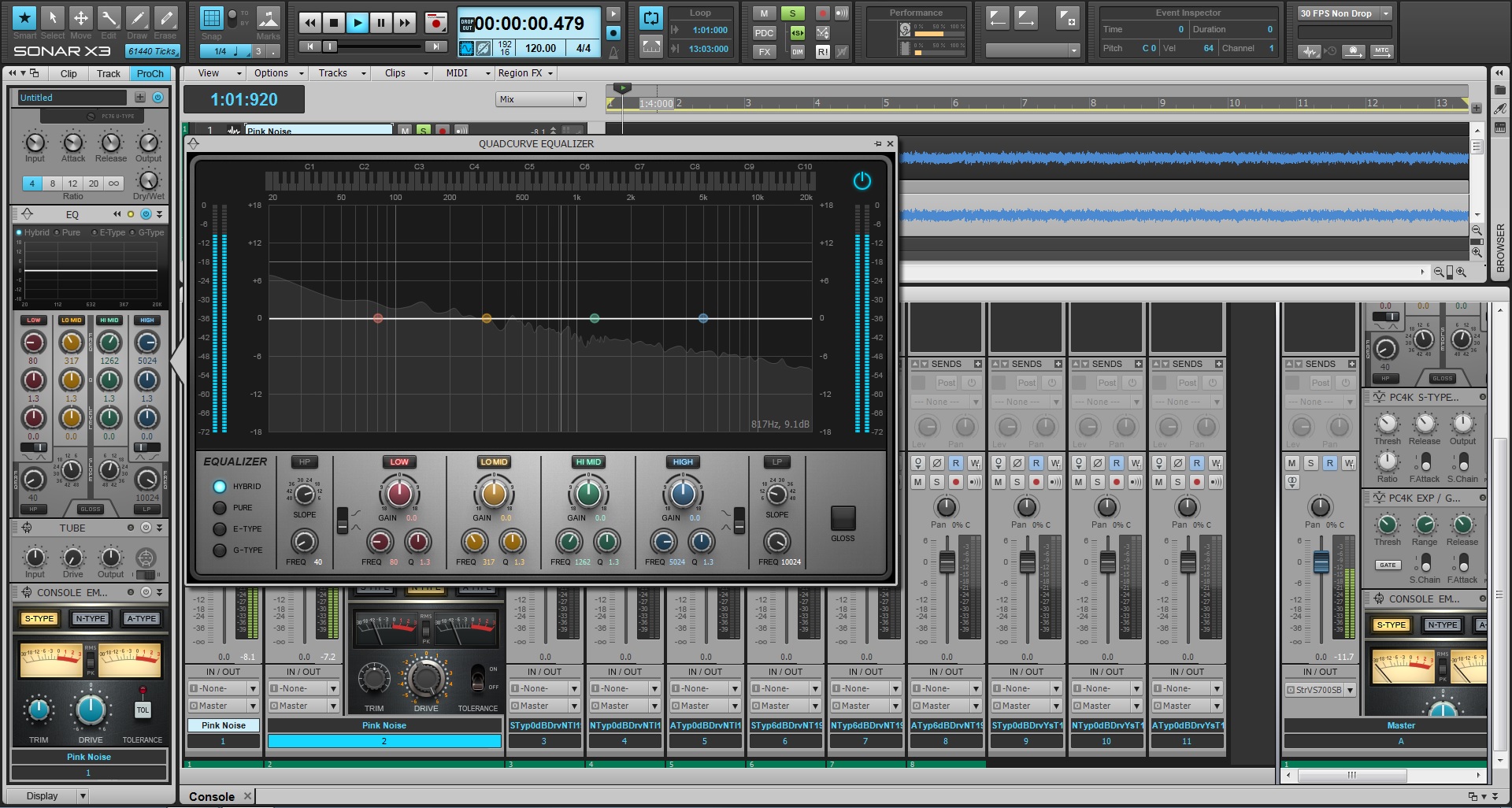Respect and credibility
 A few weeks ago SESAC announced their 2013 Jazz Award recipients, and SONAR X3 user Bobbi “Funkeeboy” Tommaro was one of the well-deserved artists on the list. I have been fortunate to get to know Bobbi in the last few years on and off the SONAR playing-field, and the first word that comes to mind is “respect.” These days considering the state of the music industry, the word respect has more meaning than ever and Bobbi has earned it from his music peers along with just about everyone else that hears his story. Besides respect, he has earned much credibility in the Smooth Jazz world from being a repeat-offender on the Billboard charts as an independent artist.
A few weeks ago SESAC announced their 2013 Jazz Award recipients, and SONAR X3 user Bobbi “Funkeeboy” Tommaro was one of the well-deserved artists on the list. I have been fortunate to get to know Bobbi in the last few years on and off the SONAR playing-field, and the first word that comes to mind is “respect.” These days considering the state of the music industry, the word respect has more meaning than ever and Bobbi has earned it from his music peers along with just about everyone else that hears his story. Besides respect, he has earned much credibility in the Smooth Jazz world from being a repeat-offender on the Billboard charts as an independent artist.
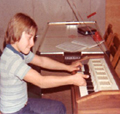 Bobbi who is also PKA “Funkee Boy” has amassed an impressive amount of credits throughout his music career. At the young age of 15 he was already making a name for himself winning the Connecticut State Organ Championship and also opening for national acts such as Spyro Gyra. As he progressed he scored numerous chart hits across multiple music genres, as well as, several top Billboard chart hits/Top 5 Smooth Jazz hits, and licensing deals on television networks such as ABC, FOX, NBC, CBS, SHOWTIME, VH1, etc.
Bobbi who is also PKA “Funkee Boy” has amassed an impressive amount of credits throughout his music career. At the young age of 15 he was already making a name for himself winning the Connecticut State Organ Championship and also opening for national acts such as Spyro Gyra. As he progressed he scored numerous chart hits across multiple music genres, as well as, several top Billboard chart hits/Top 5 Smooth Jazz hits, and licensing deals on television networks such as ABC, FOX, NBC, CBS, SHOWTIME, VH1, etc.
Before making his own records his music has [and continues to in terms of residuals] appear on some of the most popular and well respected shows ever such as Beverly Hills 90210, General Hospital, All My Children, Sunset Beach, Ripley’s Believe It Or Not, Love Boat, One Life To Live, Young & The Restless, They Call Me Sirr, Soul Food. Stepping out from behind the scenes as a songwriter/producer & into the forefront as a Smooth Jazz Artist, Bobbi’s track record progressed and continued to impress.
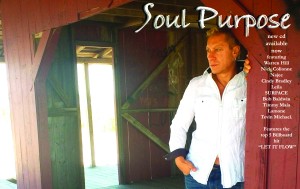 Most recently, starting off 2014 by releasing his 3rd CD “Soul Purpose”, the smooth jazz keyboardist/producer combined his talents with assembling a stellar line up of A-List recording artists. The newest award-winning record “Soul Purpose” features guest appearances from Warren Hill, Najee, Bob Baldwin, Cindy Bradley, Nick Colionne, LEILA, Surface, Lamone, Timmy Maia, Tevin Michael and more!!!
Most recently, starting off 2014 by releasing his 3rd CD “Soul Purpose”, the smooth jazz keyboardist/producer combined his talents with assembling a stellar line up of A-List recording artists. The newest award-winning record “Soul Purpose” features guest appearances from Warren Hill, Najee, Bob Baldwin, Cindy Bradley, Nick Colionne, LEILA, Surface, Lamone, Timmy Maia, Tevin Michael and more!!!
Chalk one up for the hard working jugglers.
A few key elements set Bobbi apart from the pack that keeps him successful. The obvious one is the raw talent of songwriting and performing his instrument, but if you go a few levels deeper, you will find a multi-instrumentalist, producer, mixing and mastering engineer. Peeling back a few more layers exposes an organized machine who literally “does not need a label” to hit the Billboard Top 5 Smooth Jazz Chart. In fact Bobbi has had many labels approach him and has respectfully declined any offers to do business. Why?… because he has cracked the code and found a formula that works for himself as an independent artist competing in the major leagues.
It’s not easy
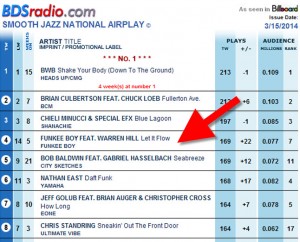 Hitting the Top 5 on any Billboard Chart is not an easy thing to do. Besides the songs and production alone (which he does ALL in SONAR INCLUDING Mastering), Bobbi also has to oversee the efforts for Radio Promotion, Publicity, Social Media, Sales and Marketing. If you ask me, this is a very rare skill-set to have as an artist considering just the time it takes alone to write and record a [great] full length record. Bobbi does have help from his wife Leila who is also a very credible artist, and the two of them seem to have a great formula for getting the music out to the masses as if they were a Major Label.
Hitting the Top 5 on any Billboard Chart is not an easy thing to do. Besides the songs and production alone (which he does ALL in SONAR INCLUDING Mastering), Bobbi also has to oversee the efforts for Radio Promotion, Publicity, Social Media, Sales and Marketing. If you ask me, this is a very rare skill-set to have as an artist considering just the time it takes alone to write and record a [great] full length record. Bobbi does have help from his wife Leila who is also a very credible artist, and the two of them seem to have a great formula for getting the music out to the masses as if they were a Major Label.
Cakewalk: It’s pretty amazing that you do so much to get your music out, can you describe the short-form version of a typical record release?
Bobbi Tammaro: Sure, it’s hard to keep it short form because so much goes into it… So here goes Continue reading “How SONAR user Bobbi Tammaro won a SESAC award over many Major Label Artists”
 Being projected as one of the biggest selling pieces of media in history is a pretty big deal. On November 9th 2010, Call of Duty®: Black Ops was released and is being labeled as just that; and SONAR was the engine behind the scenes for the score. Even more exciting for one man, Sean Murray (Composer/Producer), is the fact that Activision has simultaneously released his soundtrack on a worldwide basis through an arm of Universal Music Distribution to coincide with the release of the game. Continue reading “Call of Duty Composer: Sean Murray on SONAR X3 and Gobbler”
Being projected as one of the biggest selling pieces of media in history is a pretty big deal. On November 9th 2010, Call of Duty®: Black Ops was released and is being labeled as just that; and SONAR was the engine behind the scenes for the score. Even more exciting for one man, Sean Murray (Composer/Producer), is the fact that Activision has simultaneously released his soundtrack on a worldwide basis through an arm of Universal Music Distribution to coincide with the release of the game. Continue reading “Call of Duty Composer: Sean Murray on SONAR X3 and Gobbler”

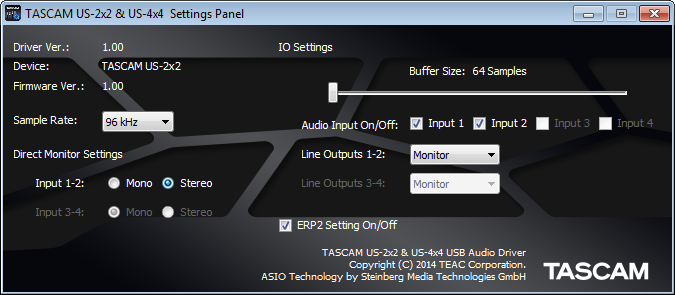 Fig. 1: The control panel for TASCAM’s US-2×2 and US-4×4 audio interfaces is showing that the sample buffer is set to 64 samples.
Fig. 1: The control panel for TASCAM’s US-2×2 and US-4×4 audio interfaces is showing that the sample buffer is set to 64 samples.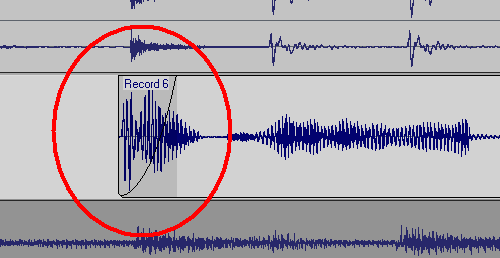
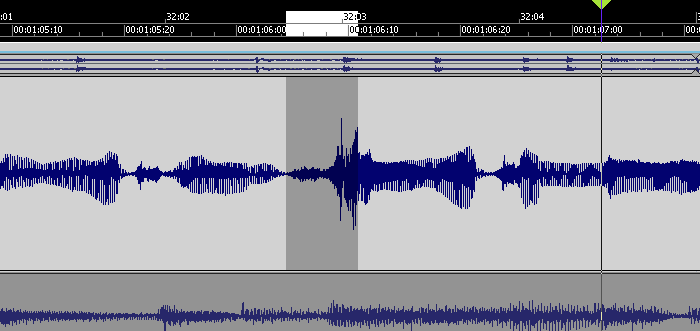 This peak is considerably louder than the rest of the vocal, but reducing it a few dB will bring it into line.
This peak is considerably louder than the rest of the vocal, but reducing it a few dB will bring it into line. The clip on the left has been normalized and faded out. The silence between clips has been cut away. The clip on the right fades in, but has not been normalized.
The clip on the left has been normalized and faded out. The silence between clips has been cut away. The clip on the right fades in, but has not been normalized.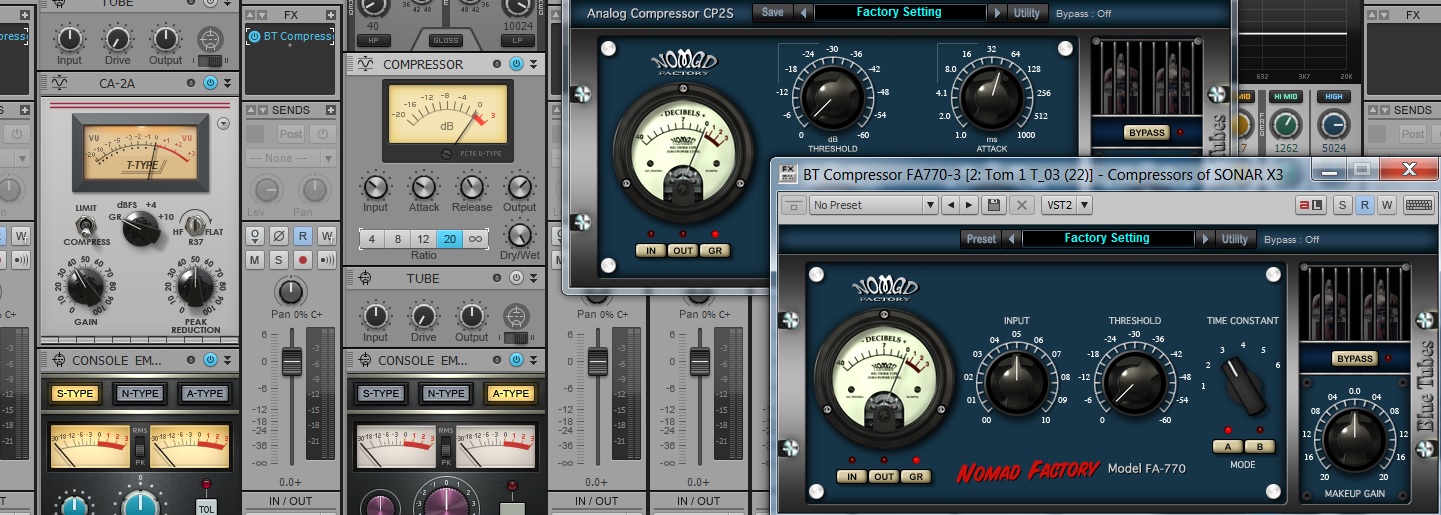

 A few weeks ago SESAC announced their 2013 Jazz Award recipients, and
A few weeks ago SESAC announced their 2013 Jazz Award recipients, and  Bobbi who is also PKA “Funkee Boy” has amassed an impressive amount of credits throughout his music career. At the young age of 15 he was already making a name for himself winning the Connecticut State Organ Championship and also opening for national acts such as Spyro Gyra. As he progressed he scored numerous chart hits across multiple music genres, as well as, several top Billboard chart hits/Top 5 Smooth Jazz hits, and licensing deals on television networks such as ABC, FOX, NBC, CBS, SHOWTIME, VH1, etc.
Bobbi who is also PKA “Funkee Boy” has amassed an impressive amount of credits throughout his music career. At the young age of 15 he was already making a name for himself winning the Connecticut State Organ Championship and also opening for national acts such as Spyro Gyra. As he progressed he scored numerous chart hits across multiple music genres, as well as, several top Billboard chart hits/Top 5 Smooth Jazz hits, and licensing deals on television networks such as ABC, FOX, NBC, CBS, SHOWTIME, VH1, etc. Most recently, starting off 2014 by releasing his 3rd CD “Soul Purpose”, the smooth jazz keyboardist/producer combined his talents with assembling a stellar line up of A-List recording artists. The newest award-winning record “Soul Purpose” features guest appearances from Warren Hill, Najee, Bob Baldwin, Cindy Bradley, Nick Colionne, LEILA, Surface, Lamone, Timmy Maia, Tevin Michael and more!!!
Most recently, starting off 2014 by releasing his 3rd CD “Soul Purpose”, the smooth jazz keyboardist/producer combined his talents with assembling a stellar line up of A-List recording artists. The newest award-winning record “Soul Purpose” features guest appearances from Warren Hill, Najee, Bob Baldwin, Cindy Bradley, Nick Colionne, LEILA, Surface, Lamone, Timmy Maia, Tevin Michael and more!!! Hitting the Top 5 on any Billboard Chart is not an easy thing to do. Besides the songs and production alone (which he does ALL in SONAR INCLUDING Mastering), Bobbi also has to oversee the efforts for Radio Promotion, Publicity, Social Media, Sales and Marketing. If you ask me, this is a very rare skill-set to have as an artist considering just the time it takes alone to write and record a [great] full length record. Bobbi does have help from his wife Leila who is also a very credible artist, and the two of them seem to have a great formula for getting the music out to the masses as if they were a Major Label.
Hitting the Top 5 on any Billboard Chart is not an easy thing to do. Besides the songs and production alone (which he does ALL in SONAR INCLUDING Mastering), Bobbi also has to oversee the efforts for Radio Promotion, Publicity, Social Media, Sales and Marketing. If you ask me, this is a very rare skill-set to have as an artist considering just the time it takes alone to write and record a [great] full length record. Bobbi does have help from his wife Leila who is also a very credible artist, and the two of them seem to have a great formula for getting the music out to the masses as if they were a Major Label. Have you ever been to a show and seen someone on stage that makes you never want to pick up your instrument again? Enter… Shawn Clement. Hollywood Composer/Producer Shawn Clement graciously unleashed his new composition at the Beverly Hills Gibson Showroom tonight to a warm, yet star-studded group of industry folks from all walks of life. Billed in half as a pre-AES party, many folks were in town to celebrate Shawn’s new work Raw Fungus, Cakewalk’s new path at Gibson, and hard working music-makers in general.
Have you ever been to a show and seen someone on stage that makes you never want to pick up your instrument again? Enter… Shawn Clement. Hollywood Composer/Producer Shawn Clement graciously unleashed his new composition at the Beverly Hills Gibson Showroom tonight to a warm, yet star-studded group of industry folks from all walks of life. Billed in half as a pre-AES party, many folks were in town to celebrate Shawn’s new work Raw Fungus, Cakewalk’s new path at Gibson, and hard working music-makers in general. If you don’t know Shawn, his story is unique. It stems from a long path of crazy influences, crazy talent, and crazy work ethic which has made him one of the most sought after composers in Hollywood. We would like to think he owes it all to SONAR, but we know that is not the case 😉
If you don’t know Shawn, his story is unique. It stems from a long path of crazy influences, crazy talent, and crazy work ethic which has made him one of the most sought after composers in Hollywood. We would like to think he owes it all to SONAR, but we know that is not the case 😉 